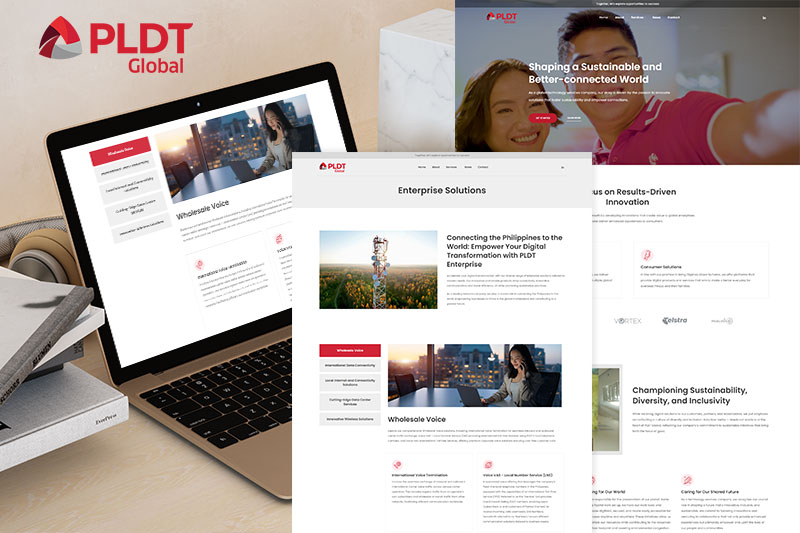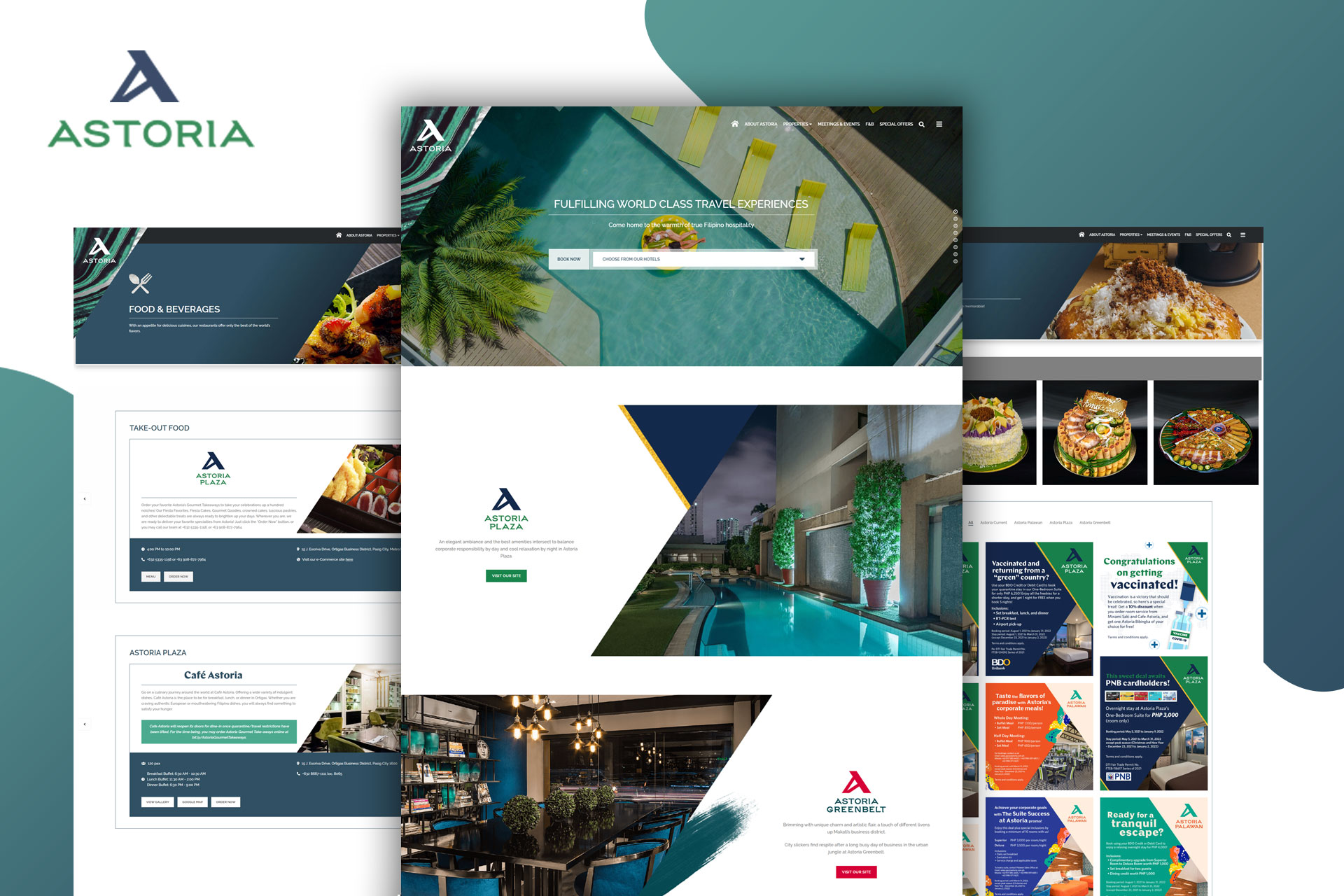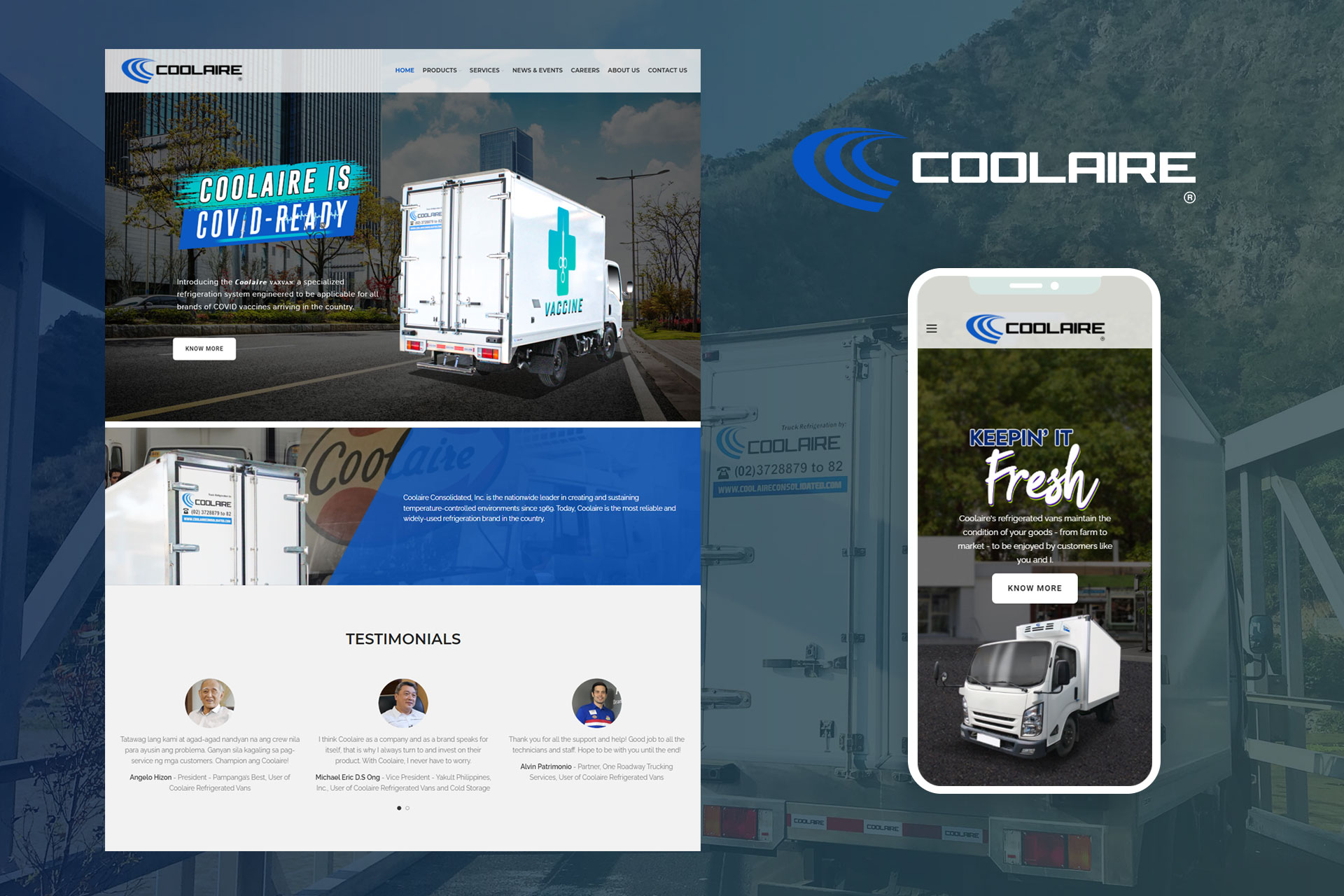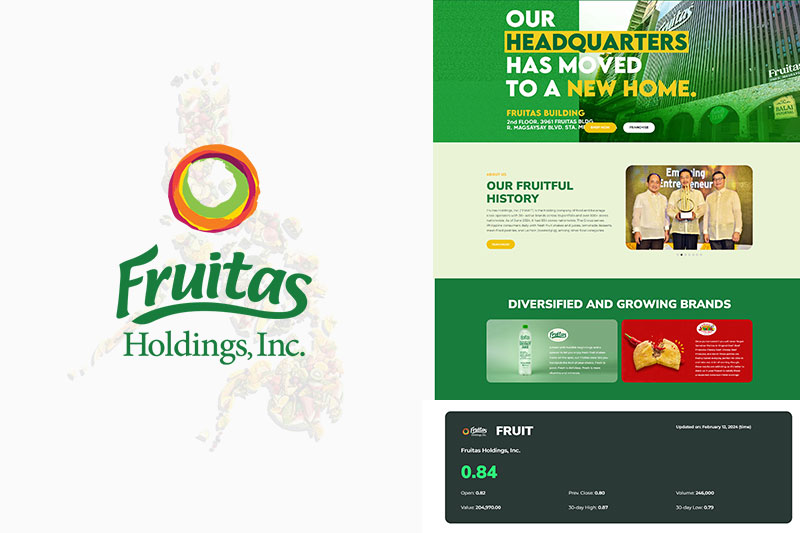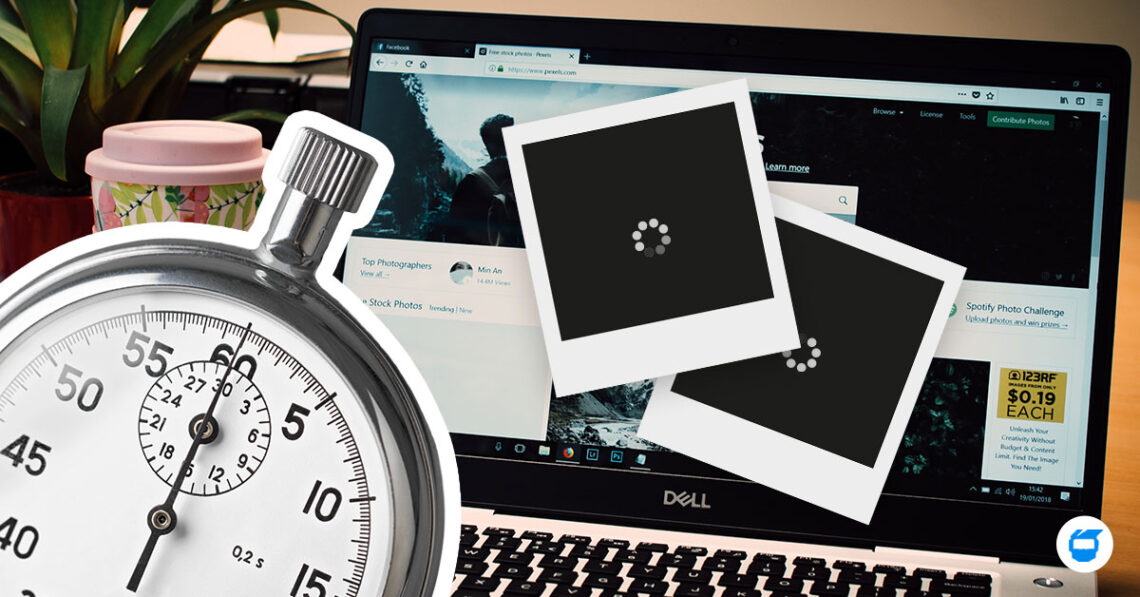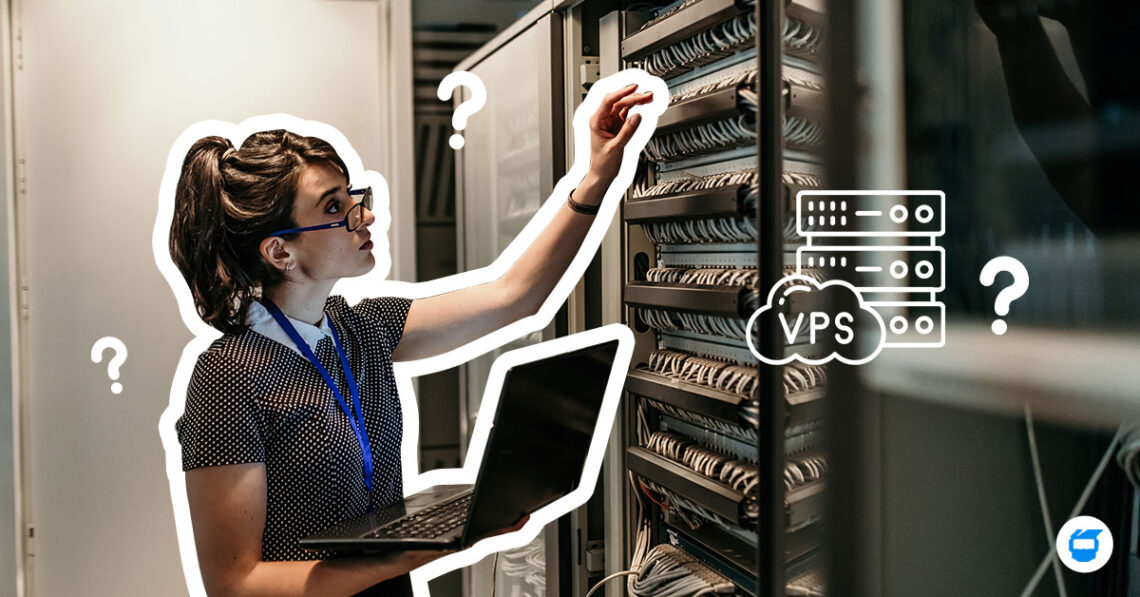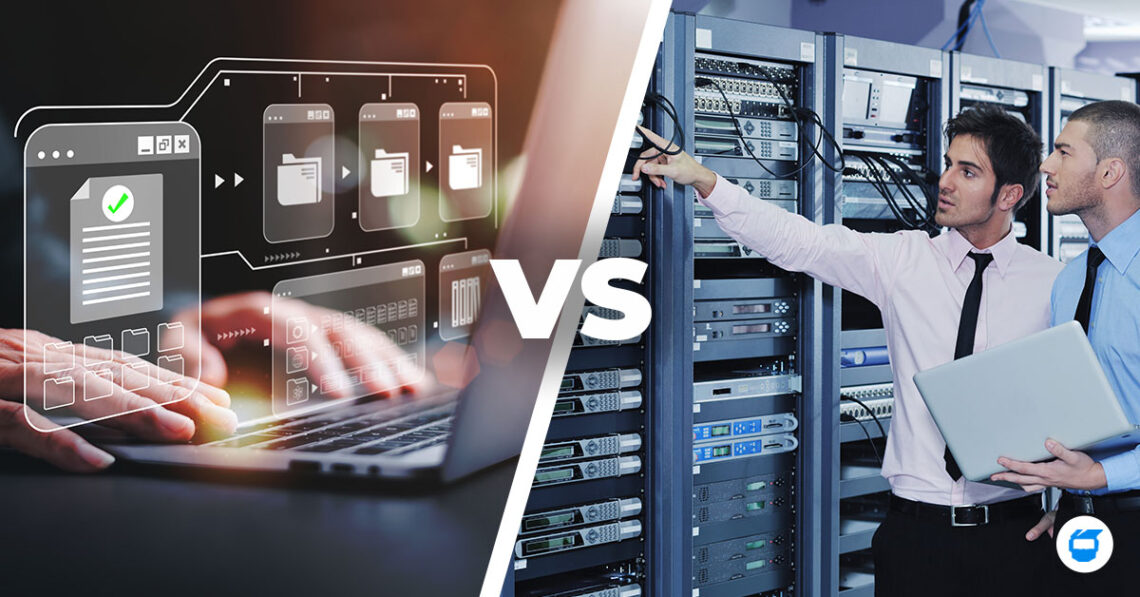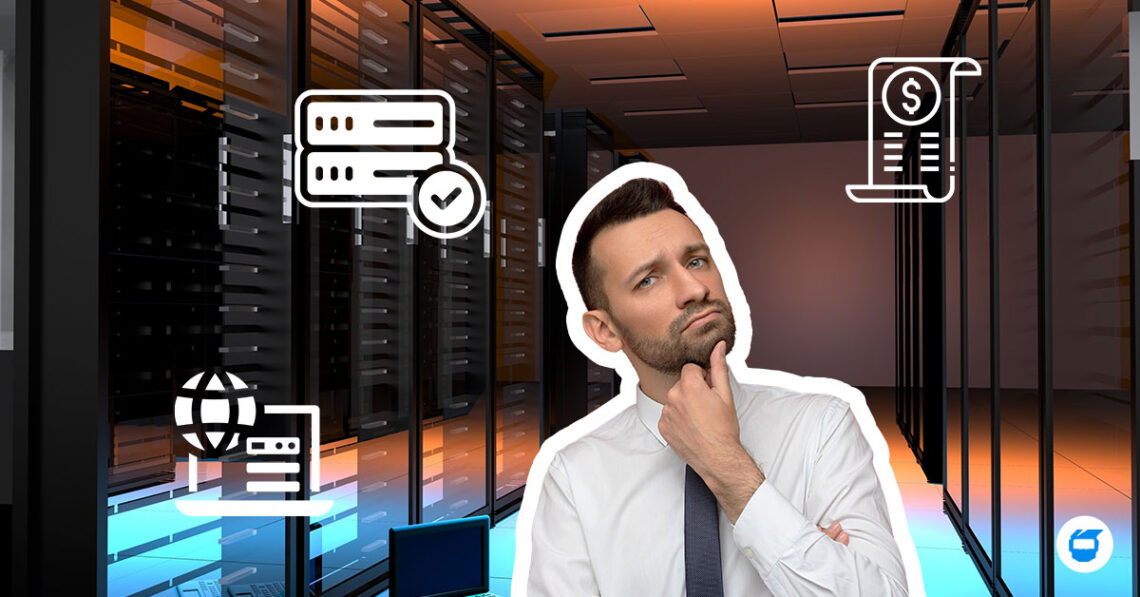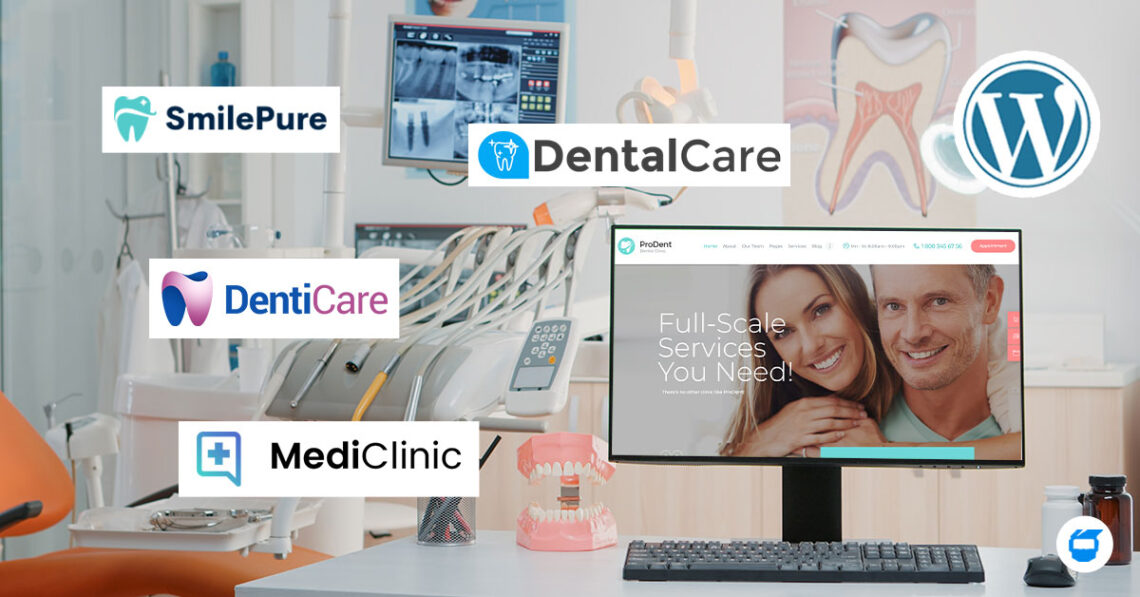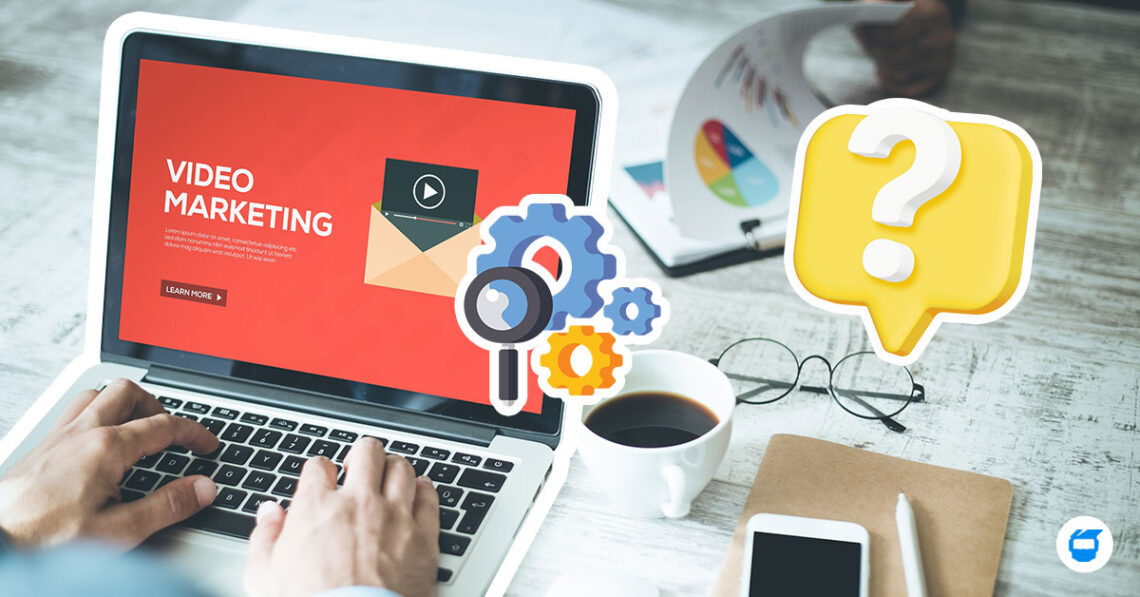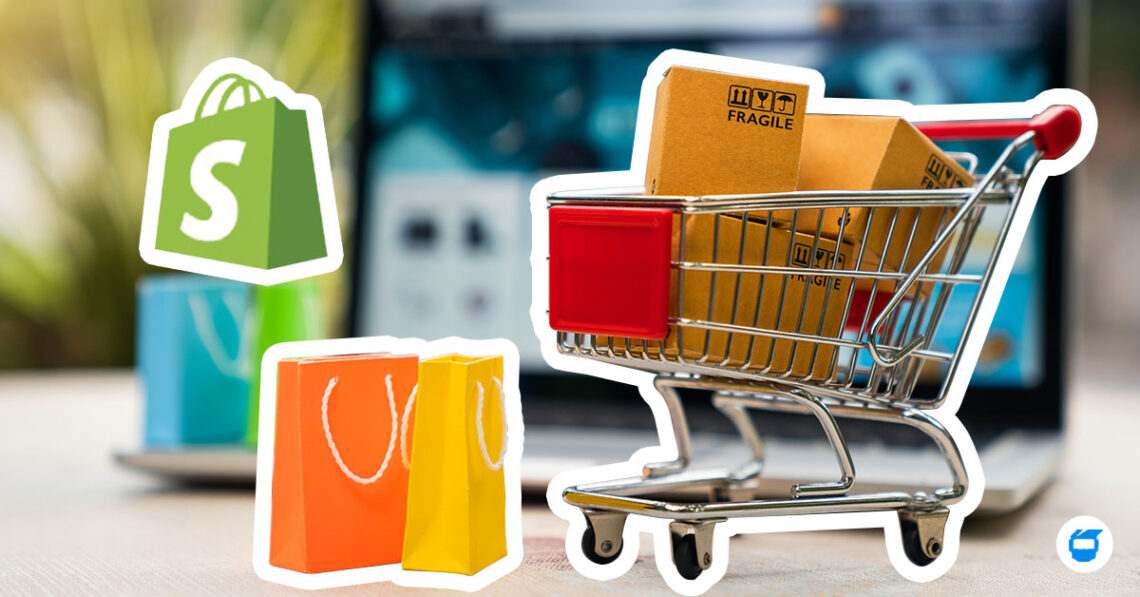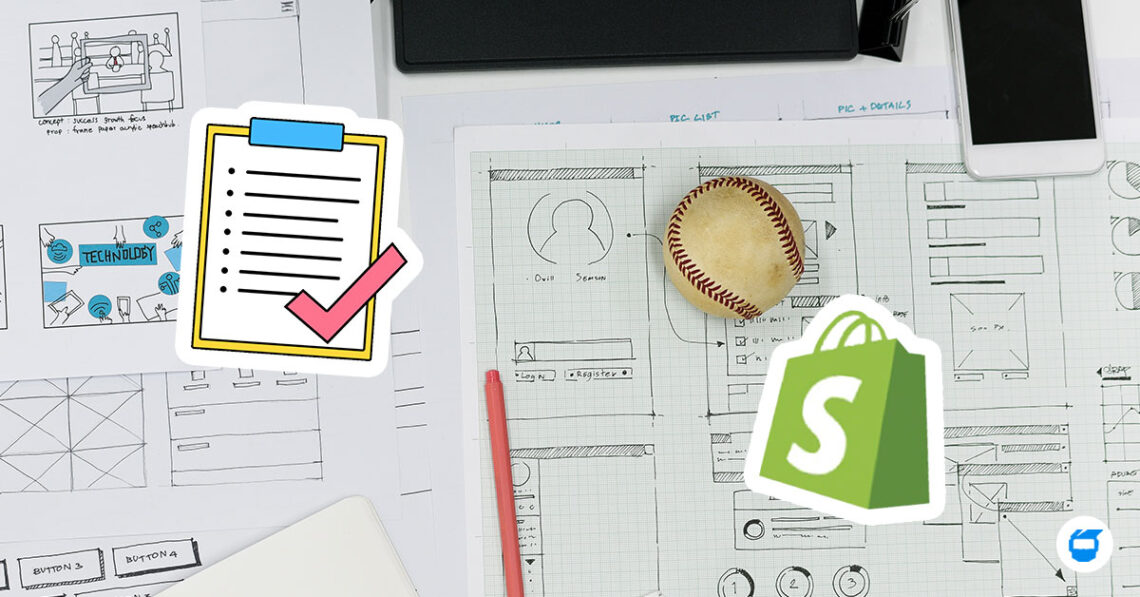The term ‘malware’ may seem unfamiliar to some, but it’s definitely something that many people should know about — particularly individuals and businesses that have websites. Malware is any kind of software that is installed on your computer system or other devices without your consent. This software can damage your device or website by deleting files or stealing data.
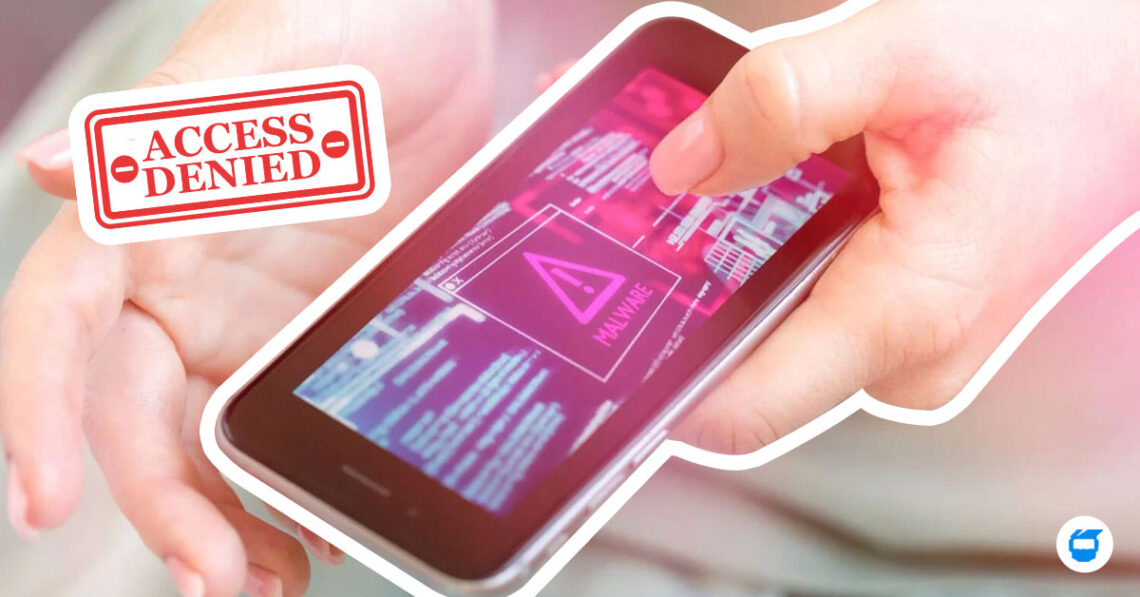
What is Website Malware?
Website malware is a term used to refer to harmful programs that can cause further damage to your website if they are not immediately removed. In short, this malware can wreak havoc on a website and its shared network. Hackers use it to steal passwords, delete files, and render websites inoperable. A malware infection can cause many problems that affect the daily operations and the long-term security of your company.
What Does Malware Do to a Website?
Malware can do a lot of things. This can range from embarrassing you online, costing you money from missed leads or sales, and worst of all-destroying your reputation. The malicious software installs itself on a web server. Sometimes, this is done by exploiting a security flaw in an outdated version of a web server or web server application, and even through brute force attacks against the credentials of a site admin account. At the very least, it will likely direct visitors to a web page with explicit content or just a different website than the one you typed. A website malware poses many dangers to webmasters and internet users in general, so it’s important to not only protect your website from intrusion but to also educate yourself as a user about the different types of attacks that could take place.
What are the Causes of Website Malware?
1. Credential Security and Access Control
As an owner of a website, you want to ensure that your site is as secure as possible. Even if your site doesn’t contain sensitive information, it can still be targeted by hackers in an attempt to gain access to someone else’s information. Every website’s access control settings can affect its security. As an example, if a website’s access controls haven’t been properly configured and hardened, hackers can leverage a variety of attack vectors. Popular methods include using brute force tools to attack default admin login pages, manipulating metadata or cookies to elevate privileges, or simply guessing credentials.
2. Software Bugs and Vulnerabilities
Installing updates on your website is crucial to keeping malware out. Bad actors regularly target vulnerabilities in outdated third-party components to gain access to the environment and exploit its resources. Software bugs and vulnerabilities are everywhere in web applications. Every day, hundreds if not, thousands of new software vulnerabilities are disclosed on mailing lists and forums. Even if you’re not writing the code yourself, you have to worry about these vulnerabilities affecting your website when you’re a user of other software.
3. Tampered Third-Party Components
Third-party components can significantly improve the functionality and value of a website and online business. The ability to customize your site. to the way you want and integrate applications into your website will always be valuable. However, there are risks associated with using pirated third-party components which must be taken into consideration. You may not be aware of this but there is a growing number of search results that return nulled or pirated products that contain unwanted backdoors or spam. If you decide to use a “nulled” version of such components, be aware that tampering (a legal and illegal modification of the component you downloaded) by third-party individuals can take place.
4. Third-Party Tools or Scripts
Modern website development invariably leverages third-party code, scripts, and integrations. Sites with advanced functionality made possible through widgets, tracking services, social media integration, or ad features all depend on third-party assets to implement these features. This comes with a number of security risks.
5. Cross-site Contamination and Improper Shared Hosting Configurations
Cross-site contamination is a big problem. You might think your site is safe, but it may not be. Even if it’s not at risk right now, there’s always the chance that it will be in the future. While multiple domains may look completely different in a web browser, they may in fact belong to the same hosting account on a server. This is especially common for agencies or developers with multiple projects and those who host a variety of sites on a single server or shared host.
With the wide usage of shared hosting, it’s common to have multiple accounts set up on a single server. However, it’s important to remember that these multiple accounts are usually not separated from each other in any significant way. This means that if one account gets compromised, so does every other account sharing the same server. To protect you and your sites, we strongly recommend you always use a virtual private server (VPS), dedicated server, or a cloud-based setup.
6. No Firewall to Protect your Website
Your website is a resource and you need to ensure that it can be used by everyone. No matter who uses the website, from where, or at what time — it must be uptime, round the clock. The best way to do this is by enabling firewall protection on your web server. A website firewall is essential if you want your website to stay up and running all the time. Many times, we go through a phase where our website goes down for hours on end, only to come back after we take some manual intervention or realize that something has gone wrong with WordPress.
What are the Effects of Website Malware?
1. Breach of Sensitive Information
Over the past several years, malware has grown increasingly sophisticated. Hackers have used a variety of methods to steal sensitive company and personal data. Malware remains one of the biggest cyber threats in the world today. It is therefore important to know what steps you can take to limit your vulnerability to malware and related hacks.
2. Slows Down Your Website
Your website is constantly under attack from viruses, hackers, and various forms of malware. Unfortunately, many website owners don’t take these threats seriously, which often leads to devastating consequences for their businesses. When your website slows to a crawl and people start clicking away in frustration, you might lose customers which can be devastating for your business.
3. You Won’t Be Able to Access Your Files
Website malware programs can cause a lot of harm to any website. So it is essential that you backup your information. Backing up your files is one of the most important tasks in both computer and website maintenance.
4. Can Possibly Spread To Your Network
One of the most dangerous types of malware is a computer worm. This form of malware can easily spread across networks and websites through shared hosting, infecting as many websites and computers as possible — and quickly. Before you know it, your entire network could be affected by the same worm. The best way to avoid the disruption of a worm infestation is to stay vigilant about your computer and website security.
5. Disrupts Business Operations
Business can be difficult enough, right? Between trying to bring in new customers and keep your current ones happy, there really isn’t much room for error. The last thing you would want to worry about is a malware problem. Although this can be a pain for every user, it can be a huge complication for businesses as a whole and can really affect their productivity and workflow. If and when you come across website malware, it’s important to remove it quickly — and any data that may be connected with the infection.
Ultimately, the best way to keep your site safe from malware is to regularly update your software and perform routine maintenance on your website. Hopefully, this article has provided you with some valuable information to help protect your website and avoid getting unwanted visitors that could infect it or steal valuable information. If you are still concerned about malware infecting your website, be sure to contact a trusted web developer or your local digital marketing agency, so their web development team can address the issue. Then, implement a monitoring system that will stay alert even if you’re not around. Doing this will help you track any potential problem areas and catch them before they become a bigger issue than they already are.
Want to learn more about website maintenance? Contact us today, We’d love to hear from you!


 Shopify Website Design
Shopify Website Design  Small Business Marketing
Small Business Marketing 